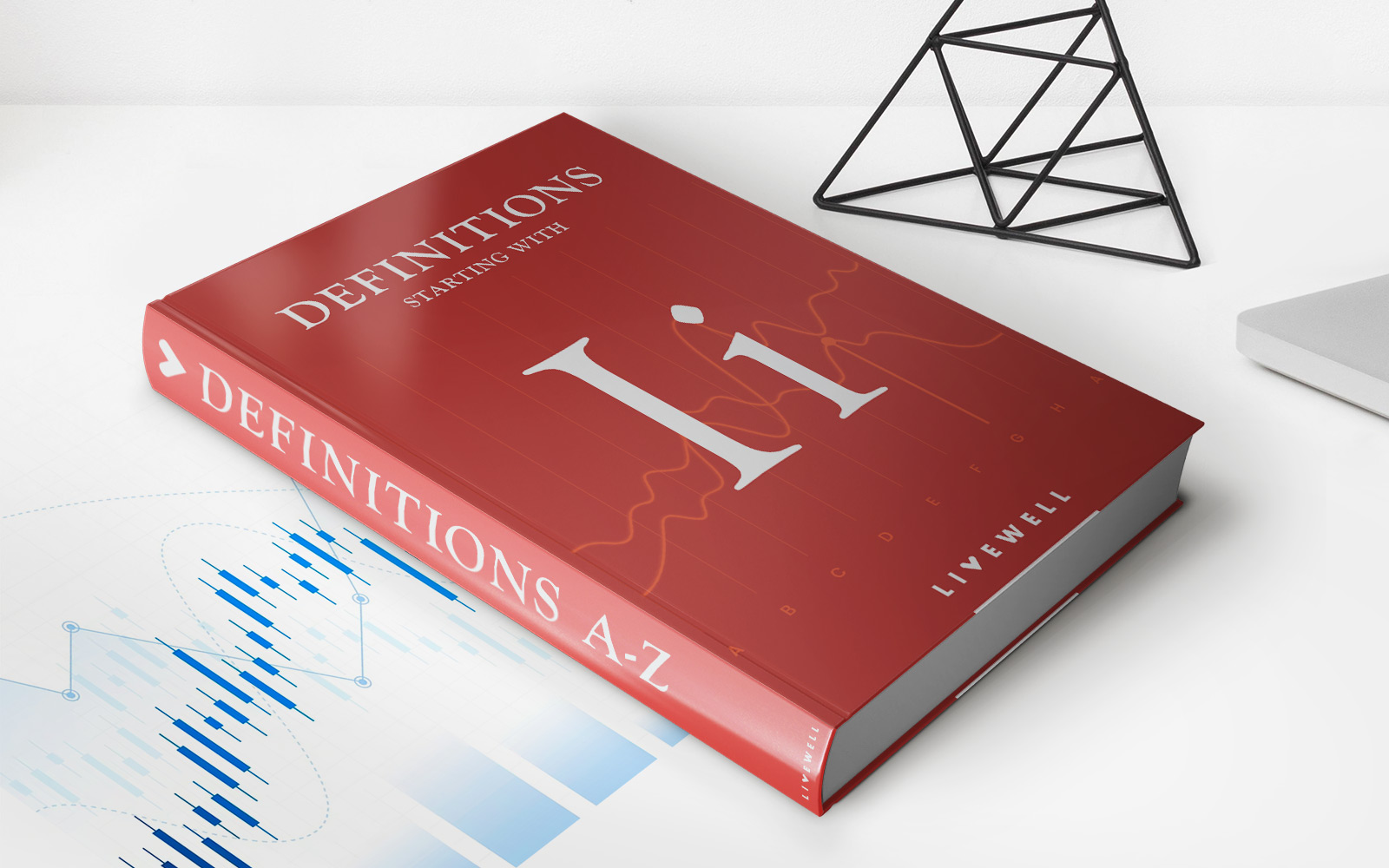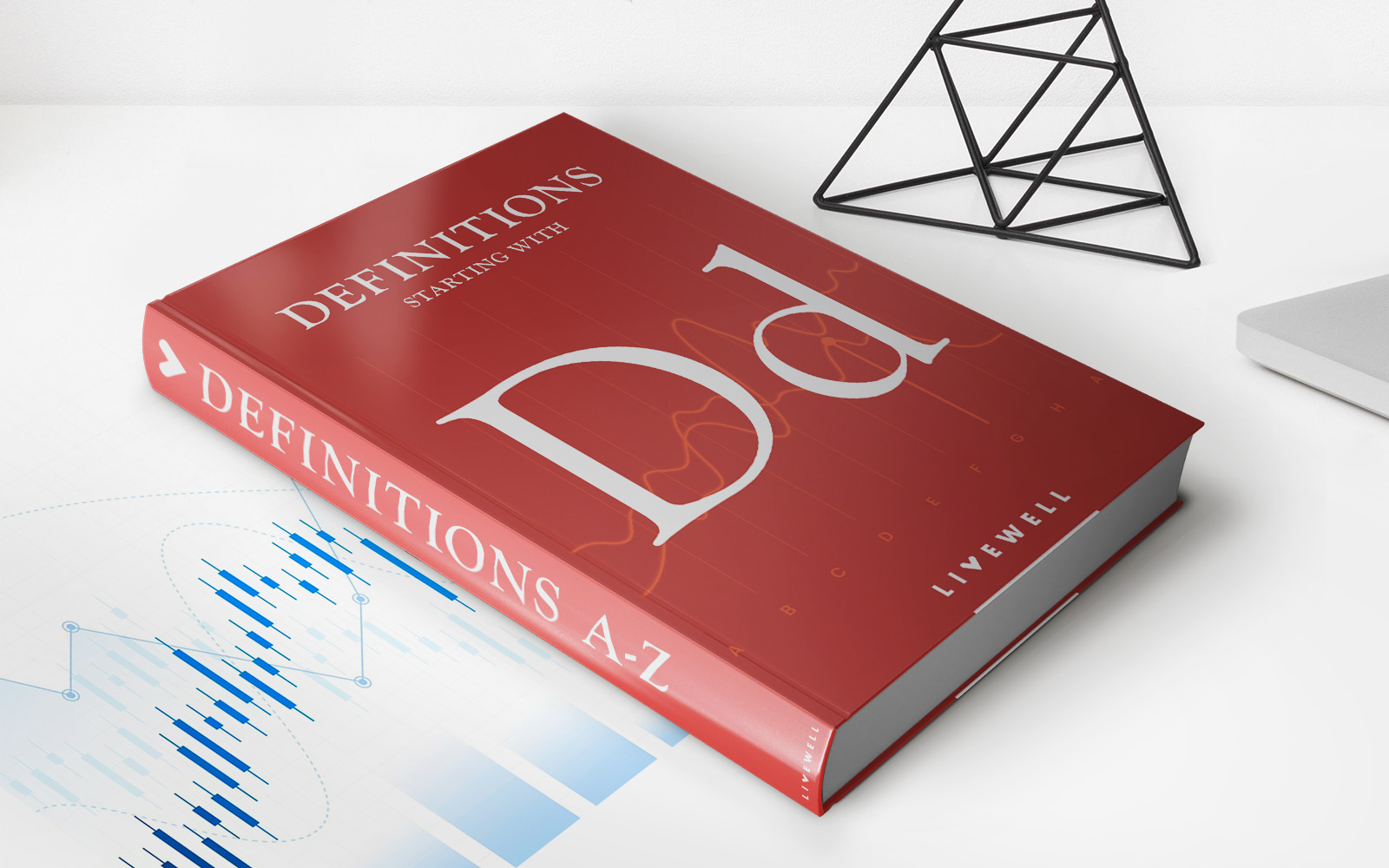Home>Finance>Composite Index Of Coincident Indicators Definition


Finance
Composite Index Of Coincident Indicators Definition
Published: October 31, 2023
Learn the definition of Composite Index of Coincident Indicators in finance. Find out how this indicator is used to gauge the current economic conditions.
(Many of the links in this article redirect to a specific reviewed product. Your purchase of these products through affiliate links helps to generate commission for LiveWell, at no extra cost. Learn more)
Understanding the Composite Index of Coincident Indicators in Finance
When it comes to navigating the world of finance, understanding key indicators can make a significant difference in making informed decisions. One such indicator that is used by professionals in the field is the Composite Index of Coincident Indicators. In this blog post, we will delve into what this index is, how it is calculated, and its significance in the financial world.
Key Takeaways:
- The Composite Index of Coincident Indicators measures the overall economic condition of a specific region or country.
- It combines various economic variables such as employment, industrial production, and personal income to provide a comprehensive view of the current economic state.
What is the Composite Index of Coincident Indicators?
The Composite Index of Coincident Indicators, often referred to as the CICI, is an economic measurement that helps analysts assess the overall economic condition of a specific region or country. It is compiled using a combination of various economic variables, including employment data, industrial production figures, personal income rates, and more. By combining these indicators, the CICI offers a comprehensive view of the current economic state and enables analysts to identify trends and shifts in the financial landscape.
How is the Composite Index of Coincident Indicators Calculated?
The calculation of the Composite Index of Coincident Indicators is a complex process that takes into account several economic factors. It involves the use of statistical models and sophisticated algorithms to weigh the contribution of each variable accurately. These variables are usually chosen based on their relevance and correlation with the overall economic health of the region or country under study.
To calculate the CICI, data from different sources, such as government reports and surveys, is collected and organized. Once the raw data is obtained, it is processed and standardized to ensure consistency. This step is crucial in making meaningful comparisons across different time periods and geographical areas. Subsequently, the weighted average of the selected variables is computed, resulting in a single value that represents the current economic condition.
It is important to note that the weights assigned to each variable may vary depending on the specific economic characteristics and priorities of the region or country being analyzed. These weights are determined by economists and policymakers who consider the relative importance of each indicator in capturing the true state of the economy.
Significance of the Composite Index of Coincident Indicators
The Composite Index of Coincident Indicators is a valuable tool for professionals in finance and economics as it provides a snapshot of the current economic condition. By analyzing the CICI, analysts can identify turning points, track economic cycles, and assess the overall health of an economy. This information is crucial for decision-making in areas such as investment, policy-making, and business planning.
Additionally, the CICI is widely used by governments, financial institutions, and international organizations to assess the economic performance of a country or region. It serves as a benchmark for economic policies and helps in evaluating the effectiveness of measures taken to stimulate growth and stability.
In Conclusion
The Composite Index of Coincident Indicators is a powerful tool that provides a comprehensive view of the current economic condition. By combining various variables, it offers insights into the overall health of a region or country, enabling professionals to make informed decisions. Whether you are an investor, economist, or policymaker, understanding the CICI can provide you with valuable insights into the financial landscape.














